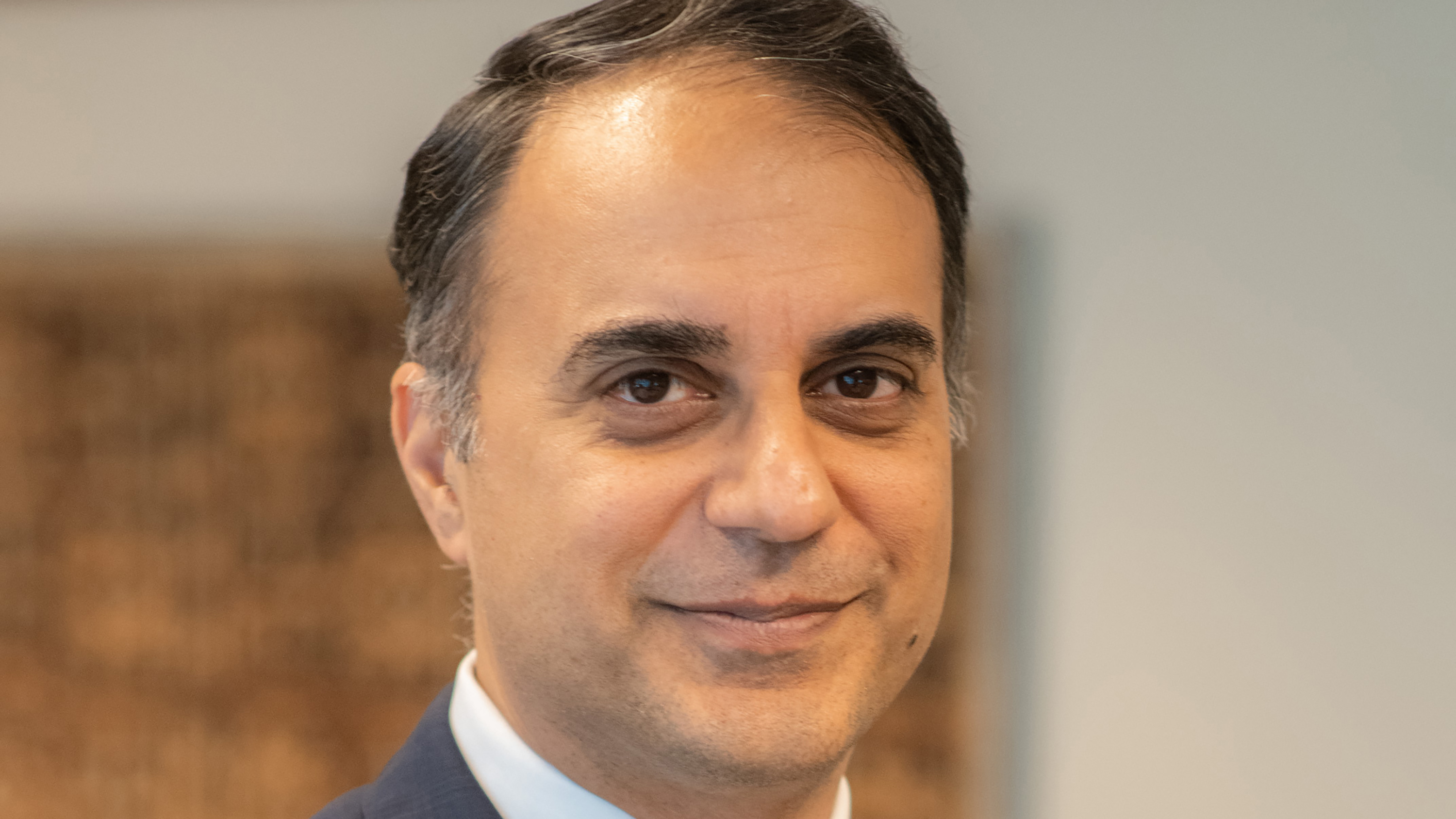Solving decarbonisation requires investment in emerging markets

Ahmed Saeed
Massively increasing the flow of investment capital from the developed to developing world to support decarbonisation efforts makes both economic and financial sense.
The past few centuries have each come to have a defining theme, from the Age of Enlightenment to the Age of Imperialism and the American Century. We do not know how the 21st century will be labelled, but we can say with conviction what its defining goal should be: to grow the circle of opportunity until it reaches all of us, especially those in what is sometimes called the ‘global south’.
This task begins and will be deeply intertwined with the fight against climate change.
Working to improve our conditions has always been noble work. Human life, after all, has immeasurable inherent worth. What is new is the extent to which this effort is also animated by urgent self-interest. In our interconnected world, inequality anywhere is a threat to prosperity and stability everywhere. Destabilising forces will only grow stronger as disparities widen due to accelerating climate change. Imagine a world in which the global refugee population grows by additional hundreds of millions. What will it look like on the US’s southern border, or on the shores of the Mediterranean?
Climate change is pulling our fortunes apart. It is surprising, therefore, to realise that it also stands to become a powerful force for bringing us together. Because almost all future emissions growth will come from emerging markets, nothing done elsewhere matters if the developing world fails to decarbonise. That in turn requires a massive increase in investment — according to the International Energy Agency, annual clean energy investments in emerging and developing economies must grow by seven times, to $1tn, by 2030 if we are to achieve the Paris Agreement goals.
If we are successful in making these investment flows happen, it will be the ultimate triple-bottom-line exercise: delivering profits, decarbonisation and development in equal measure. Getting there is not easy and there are many well understood challenges, such as the enabling environment in many countries, a dearth of bankable projects and limited institutional capacity, to name a few.
The bright side
Less well appreciated is that there are also strong reasons for optimism.
These include the fact that a coalition of unprecedented breadth, scale and institutional capacity is emerging to tackle the problem of decarbonisation in developing countries, including the financial sector, governments, philanthropy, civil society and developing countries themselves. Developing countries have never had resources like these at their disposal.
there is no higher purpose than to ensure this journey reaches its necessary conclusion
This new coalition is ambitious and willing to experiment with new approaches. The G7 is committing multiple billions to ‘Just Energy Transition Partnerships’ with developing countries, the Glasgow Financial Alliance for Net Zero is self-organising more than $100tn of private capital to address these problems, and global philanthropy is increasingly willing to step in and provide risk capital at a scale that historically was strictly the provenance of government.
Our work at the Asian Development Bank is a microcosm of these efforts. We are substantially raising our ambition to $100bn in total climate finance by 2030. And we are launching experimental new partnership platforms, philanthropic vehicles, blended finance tools and new forms of transition finance, working with a broader range of partners than ever.
The most important and powerful reason for optimism is that massively increasing the flow of investment capital to developing world just makes basic economic and financial sense.
Former US treasury secretary Larry Summers captured this insight when he noted that the single thing about life on Earth that would most surprise an alien economist is the lack of “large continuing flows from the ageing, slowly growing global north to the much broader global south”. The best way to use the savings glut of the rich is among the world’s poor.
There is in fact nothing really new in this story. JPMorgan was built, father in one country and son in another, on the very same notion: facilitating the flow of excess savings from a slow growing, developed society to a dynamic, unproven emerging market — in that case from the UK and Europe to the US.
The path of history
The 18th century saw the forceful articulation of ideas of liberty, equality and fraternity, concepts so powerful that they toppled the empires that denied them; whereas the next century was dominated by those who benefitted from these ideas, but did not extend their reach to others. The 20th century was dominated by a nation that celebrated, in law and aspiration, the universality of claims to human dignity.
If we are to leave our children the world they deserve, there is no higher purpose than to ensure this journey reaches its necessary conclusion: in the 21st century, the gift of opportunity and the promise of flourishing become accessible to all.
Ahmed M Saeed is vice-president for east Asia, south-east Asia and the Pacific at the Asian Development Bank.


